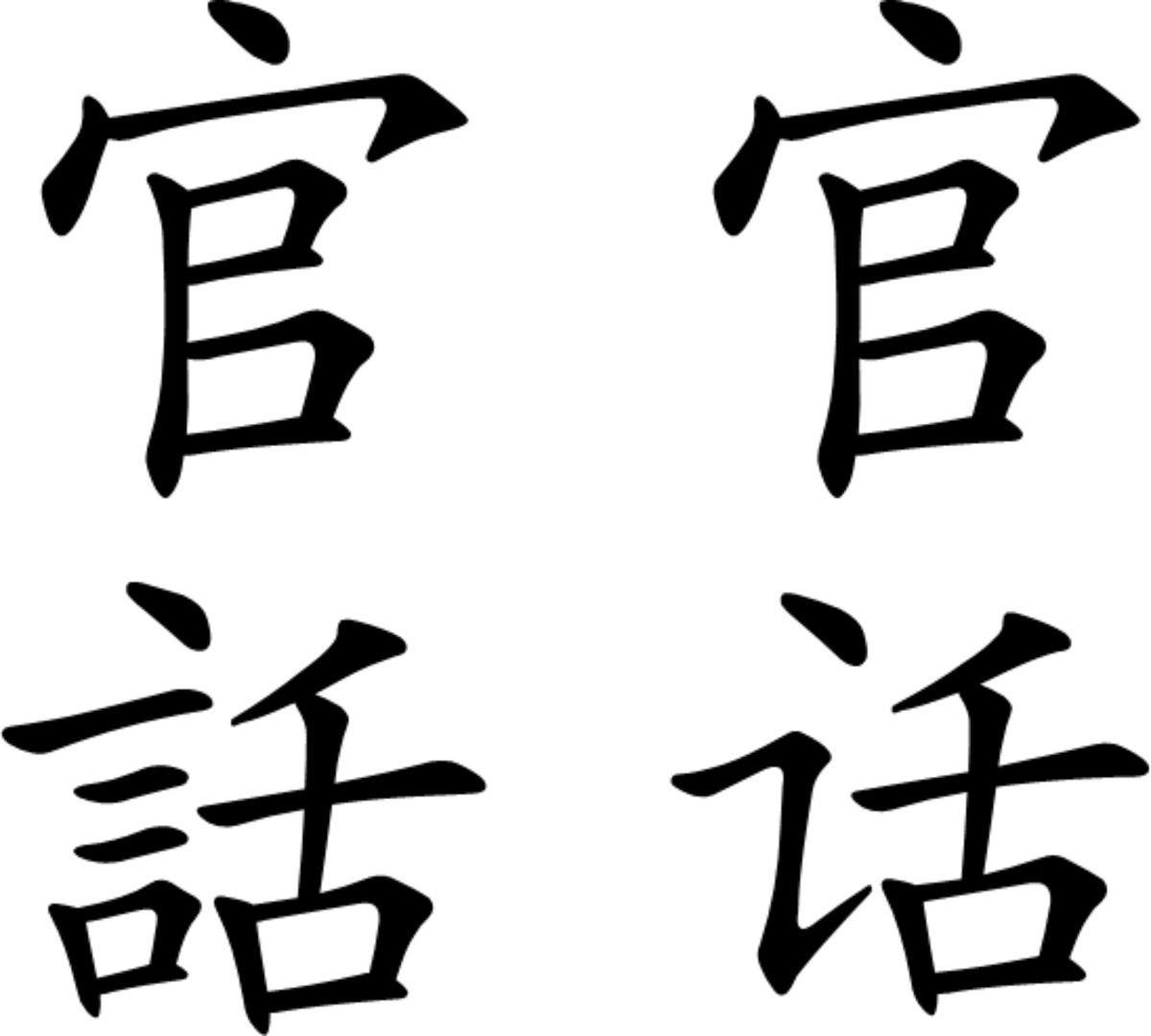How to Write Proficiently in Chinese
Compared to other languages, the Chinese language has one of the most complicated writing systems. With its own meaning or two, each individual character are composed of a number of different strokes that may even exceed twenty. It is basically linguistic economy, in that you can save yourself a lot of space for more writing by conveying something in fewer words in Chinese than you can in other languages.
Learning an entirely different writing system from the one you've been taught since a child has always been a challenge in the process of mastering a new language. I understand that being exposed to the Latin alphabet all your life would make it rather difficult to adjust to pictographic writing, in this case, that of the Chinese language. Still, one is required to put in enough effort in order to achieve something, and learning a new language is not exempt from this requirement.
Practice Makes Perfect and Headaches
The Chinese writing system is divided into simplified and traditional, traditional being much more frustrating to write, considering the greater stroke number for a traditional character compared to its simplified counterpart, so I'll assume that anyone reading this has a clear idea of which to follow.
The obvious thing to do is to practise as much as possible. As a child, I was required to write out a character at least ten times, along with its pronunciation, or pinyin, in order to drill it in me for a lifetime. We were given spelling tests frequently, so you can say it's almost impossible for me to just forget everything for the last twelve years learning the language.
If you're a beginner, you can pick out ten simple characters (those consisting of at most ten strokes) and try writing them out as much as you can such that you are able to recall every stroke for every character with ease at the end of the exercise. To further boost your confidence in writing in Chinese, ask someone to test you, preferably someone who has already learned the language.
Stroke Order
Though you can put down every stroke in any order you want, it is advisable that you follow the order you were taught to write a Chinese character, be it from a book (if you're self-taught), or by a teacher. Usually, a character's strokes are ordered from top to bottom. You can check out zdic.net, an online Chinese dictionary where you can find an animation that shows the proper, more expedient way to write a character that you search for.
(Note: zdic.net allows you to search for both simplified and traditional Chinese characters.)

Try Not to Look for Shortcuts
While a pictographic writing system implies that every character graphically represents something in real life, most Chinese characters bear no resemblance to anything they actually mean with only a few obvious exceptions, such as the characters for fire (火), water (水) and wood (木); in certain cases, they are composed of other characters: for instance, the character 炮 (cannon), which consists of 火 and 包. Therefore, I would advise that you refrain from trying to force a word to look like something in order to better remember it. Good old hard work is the way to go, in my experience anyway.
On the other hand, you can derive the meaning of a word from a part of its character, or its bu shou (部首). For example, from the three strokes on the left side of 浪, you can deduce that it has something to do with water, which it does, as the character means 'wave'. You can also almost always guess how an unfamiliar character is pronounced, by identifying a part of it whose pronunciation you're familiar with. Using the previous example, the character 浪 consists of 良, pronounced 'liang(2)', which is quite close to how the entire character is actually pronounced.
Using Portable Language Aids
In this day and age, learning new languages has never been easier when almost everything is within one's fingertips. If you have an Android smartphone, you can check out Google's Play Store, or iTunes if you have an Apple device, for an app that lets you refresh your memory of the Chinese characters you've been able to absorb anywhere you go. Or you can take the traditional route of making your own flashcards. Write every character and its accompanying pinyin on a card large enough so that you can see every stroke clearly whenever you have the time to review your cards, whether you're on a break from work or on a train back home.

Conclusion
Learning a new language always comes with its own difficulties, especially for an adult who has outgrown his mental malleability as a child. Still, as a Chinese proverb goes, everything is possible for someone willing to endure anything in his or her path.
If you need something translated from Chinese to English, don't hesitate to hook me up on Fiverr. Here's my gig page.








